As aquarium owners, we want to pamper our fish and invertebrates with the best diet possible. But while certain human foods are nutritious staples for us, they can be downright dangerous for our underwater pets.
It’s important to understand what foods have the potential to harm or even kill fish. By avoiding these common toxic culprits, you can help provide your fish a long, healthy life.
In this article, we will cover the most perilous human foods for fish and signs your fish has ingested something harmful. We’ll also discuss safer fish diet options, prevention tips to remove risks, and what to do if a fish eats problematic foods.
Why Human Foods Can Be Problematic For Fish
Fish are designed to digest and process foods within their native aquatic environments. Their bodies aren’t adapted to handle compounds and substances abundantly found within many common human foods.
Introducing unfamiliar foods into their diet can create a number of problems:
-
Disrupted digestive systems that struggle to break down foreign compounds
-
Nutritional imbalances from ingredients their bodies aren’t designed to process
-
pH level fluctuations from high acidity or alkaline ingredients
-
Internal organ damage or blockages from expanding foods
-
Toxic reactions to naturally-occurring toxins safe for humans
-
Weakened immune function, disease susceptibility, and organ failure
Their enclosed habitats also intensify the effects of any water quality changes induced by decomposing or uneaten foods.
While not all human foods pose risks, it’s safest to avoid the specific items known to frequently cause harm.
Most Dangerous Human Foods For Fish
Here are some of the top human foods to never intentionally feed fish:
1. Bread
Bread that isn’t immediately eaten fouls water quickly as it breaks down. The yeast and expanding dough can also dangerously bloat fish.
2. Pasta
Like bread, unconsumed pasta pollutes water and can obstruct digestion when eaten. Both cooked and uncooked pasta pose problems.
3. Rice
Starchy rice has similar risks as bread, fouling water and potentially causing digestive issues if large amounts are eaten by bottom-feeders.
4. Candy & Chips
High sugar foods like candy, chocolate, and potato chips make water toxic. Chocolate contains theobromine and caffeine, both deadly toxins for fish.
5. Citrus Fruits
Oranges, lemons, limes, and grapefruit contain acids that dramatically lower pH and harm fish gills and organs.
6. Onions & Garlic
Members of the allium family like onions and garlic contain toxic sulfides, thiosulphates, and disulfides that can be deadly to fish.
7. Alcohol & Caffeine
Beverages containing alcohol and caffeine quickly deteriorate water quality and can poison fish.
8. Fatty Meats & Dairy
High protein and fat foods from animals can foul water and create ammonia spikes. Milk and dairy products also grow harmful bacteria easily.
9. Spicy Seasonings
Spicy seasonings contain oils and compounds irritating to fish. Black pepper, chili powder, and paprika pose high risks.
As you can see, everyday convenience foods offer little nutritional value at great potential cost.
Signals Your Fish Has Eaten Something Harmful
If you suspect your fish has consumed dangerous foods, watch for these symptoms:
- Loss of appetite
- Lethargy & weakness
- Difficulty swimming or staying upright
- Clamped fins
- Bulging eyes
- Labored breathing
- White stringy feces
- Bloated or enlarged abdomen
Rapid breathing, reclusiveness, and abnormal behaviors are other red flags. Respond quickly if any concerning signs arise. Timeliness is vital for recovery.
Safer Dietary Options For Fish
The healthiest diets for fish come from foods designed specifically for aquatic life:
-
High quality, brand-name dried and frozen fish foods
-
Live or flash frozen prey like brine shrimp, daphnia, bloodworms and tubifex worms
-
Blanched vegetables like zucchini, spinach, shelled peas, cucumber, and lettuce
-
Spirulina powder and dried seaweed
-
Prepared gelatin foods for omnivores
For the most balanced nutrition, feed a varied combination of high protein commercial diets supplemented with fresh vegetables and marine plants.
Thoroughly research all new foods before offering them to ensure safety and nutritional suitability per fish species. When in doubt, avoid “people food.”
Tips For Preventing Accidental Ingestion
You can proactively prevent issues by:
-
Carefully cleaning up uneaten foods to minimize water fouling
-
Target feeding specific fish to reduce competition and overeating
-
Soaking dry foods before feeding to reduce risk of bloating
-
Avoiding feeding near tank maintenance to prevent disturbing and digesting fish
-
Using separate feeding tools not used for human foods prep or consumption
Prevention is the very best remedy! But if an accident happens, respond quickly.
What To Do If Fish Ingests Harmful Foods
If a fish eats problematic foods:
-
Act swiftly to remove the fish and place it in quarantine.
-
Perform water changes to restore water quality. Clean filters and gravel beds.
-
Consult an exotic veterinarian, local fish store, or experienced aquarist for recovery advice tailored to the specific food ingested.
-
Monitor closely for symptoms while providing optimal water parameters and proven remedies.
-
Avoid feeding during recovery to allow its digestive tract to reset and stabilize.
-
Be prepared to humanely euthanize if the fish declines despite treatment. Better to end suffering than prolong it.
While every situation differs, fast action gives the fish its best chance of bouncing back after a dietary mishap. Never hesitate to seek outside help.
The Takeaway On Fish-Safe Foods
Providing your fish a nutritious and safe diet is among your most important responsibilities as their caretaker. Always research new foods thoroughly and stick primarily to trusted commercial fish foods rather than tempting them with unsafe human delicacies.
By understanding which common human foods pose the highest risks and proactively managing their environment, you can help set your fish up for a long, healthy life. Pay attention to their behaviors so you can address any dietary issues promptly.
And if an accident happens, have an emergency plan in place for quarantine, veterinary guidance, water quality restoration, and monitoring during recovery. Prevention is easiest, but proper response can make all the difference!

Feed fish once a day ONLY an amount of food the fish can consume in one minute.
If there is still food in the aquarium after one minute, you need to add less of it.
It turns out that the protein level of the food is the most important thing for a fish’s health, thanks to a long and complicated chain of events. The more protein, the clearer the water. The clearer the water the healthier the fish. When I buy store-bought food, I always look for the highest-protein food I can find, no matter what kind of fish it is.
But it should also be noted that the BEST food is both homemade gel and Mazuri gel foods. Both of these are roughly 55% protein with very low carbohydrates. More information can be found in this article:
Note the labeling food as specific to a certain type of fish i. e. “goldfish food” is just a meaningless marketing ploy. Fish food is fish food. And the high protein recommendation applies regardless of the type of fish. Bloat is NOT caused by high protein food. Bloat is caused by high carbohydrate, low protein food.
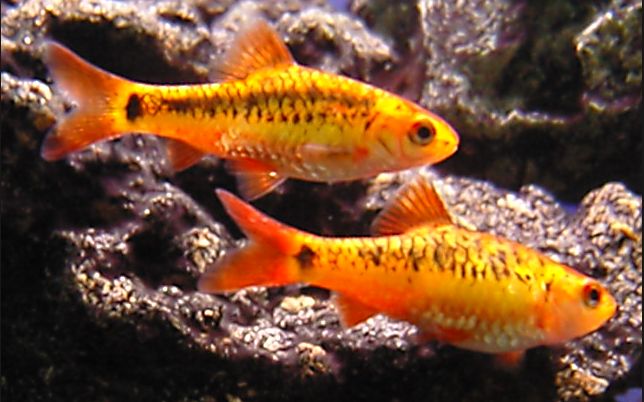
The ingredients in fish food turn out to be relatively unimportant DIRECTLY to the health of the fish. Almost any fish food is just fine for almost all fish. What is important is the amount of fish food. Don’t give more pelleted food than two fish eyeballs per day for each fish. For six fish, that’s twelve eyeballs of dry food. Overfeeding is probably the most common cause of fish deaths among beginners.
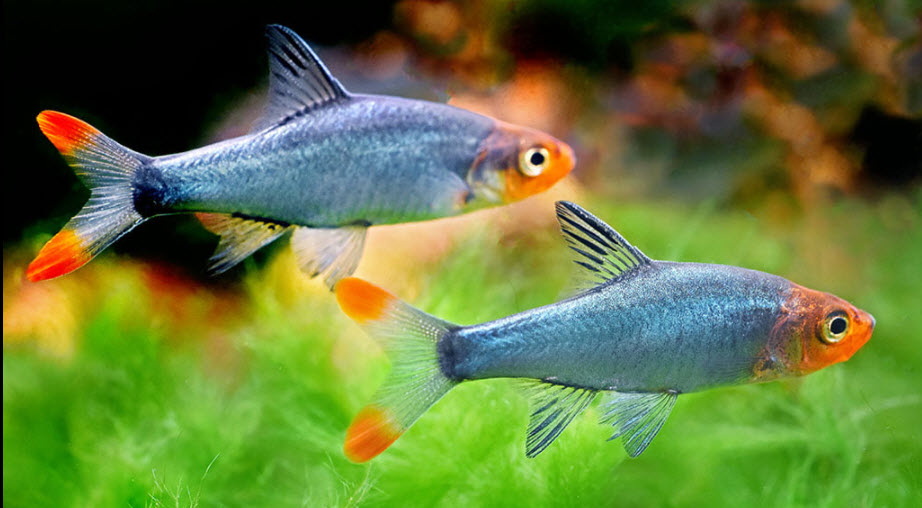
The amount of fish food to add used to be very important in the hobby. When I first got into the hobby many years ago, all the small “Your First Aquarium” books I bought at the fish store told newcomers to only add food that the fish could eat in one minute, once a day. They emphasized that overfeeding killed fish.
The guides I see online now don’t make that caution. Since this is extremely important I find that somewhat confusing. That lesson in caution really hit home for me early on. Without it, I think I would have lost a lot of fish and probably not kept up with the hobby.
The biggest mistake beginners do is to over-feed their fish. The directions on the food are ridiculous. “twice or three times a day as much as they can eat in two minutes” is WAY too much food. Fish are cold-blooded creatures and only need small amounts of food once a day.
I learned that you should only feed your fish once a day what they can eat in one minute. If there is still food floating about the aquarium after one minute you are feeding too much.
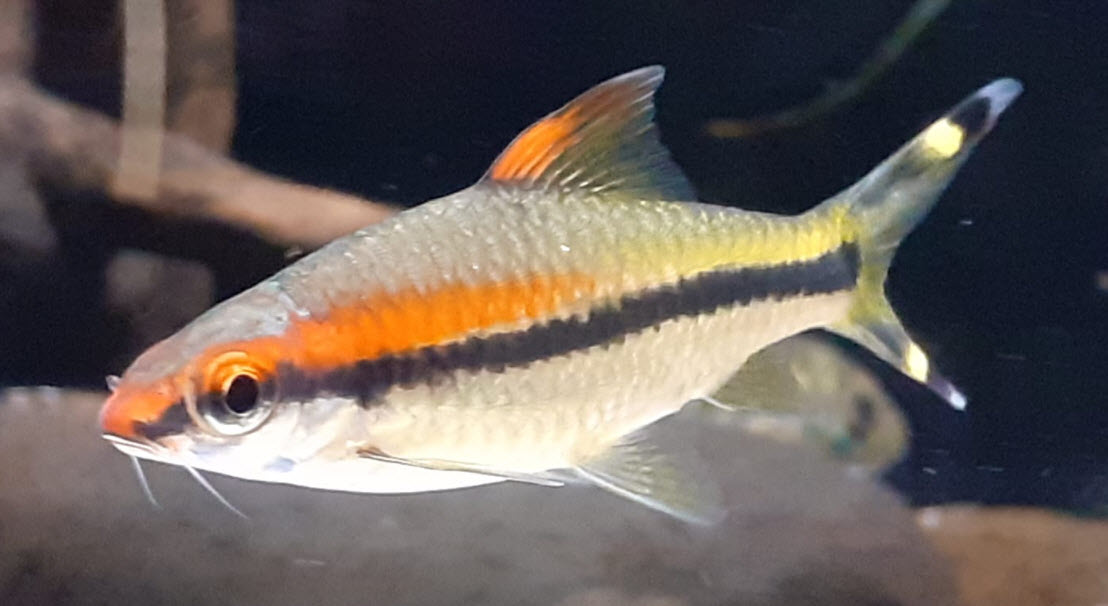
Also, keep in mind that commercial food has very little water in it, while things like shrimp from the freezer or frozen fish filets have 20% water in them. This means that three times as much shrimp and fish filet can be fed as commercial dry food. The one minute rule still applies.
Uneaten food in the aquarium produces bacteria. Bacteria produce toxins. And those toxins can kill fish. For more on the amount of fish food to feed, go to this link:
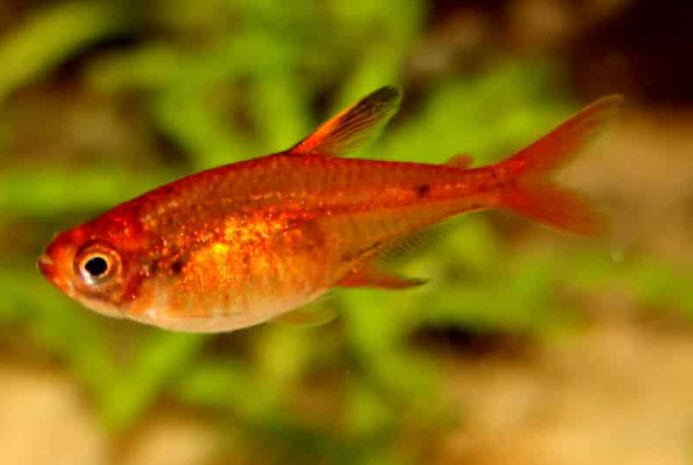
What is not important is what food to feed. Contrary to popular belief, most commercial fish food made today is very good, so it is hard to mess up when feeding fish. This is about how fish food affects the fish’s health directly. It’s not about how the amount of protein in the food affects the fish’s health indirectly.
Most fish keepers only use one trick: they feed ALL of their fish roughage at least once a week. Roughage can be whole vegetables, like “zucchini a la fork,” or it can be chitin from something like dried krill. Like humans, fish seem to need roughage to keep the digestive tract healthy.

There are a huge number of myths parroted around social media about fish foods. Some of these myths are:
- Fish that eat plants and fish that eat meat can’t be kept together because they need different foods.
- Fish should only be fed what they can eat in five minutes twice a day, or two minutes three times a day.
- Mbuna get “Malawi bloat” when fed high protein food.
- “Just like us, fish enjoy a varied diet”.
- Live foods are the best foods for tropical fish.
- When compared to plant protein, animal protein is less nutritious.
- Protein can be “high quality” or “low quality.”
- Chicken, tilapia, and beef are bad foods for fish.
- Fat is bad in fish food
- Krill, bloodworms, and tubifex worms are bad for fish.
- Mbuna are herbivores and eat only plants.
- Lots of fish require live foods.
- Vitamins are required to have good fish colors.
- Fish that eat plants should eat wheat, corn, rice, oats, and potatoes.
- Fish won’t eat something they don’t “like” until they’re very hungry.
None of these myths are true
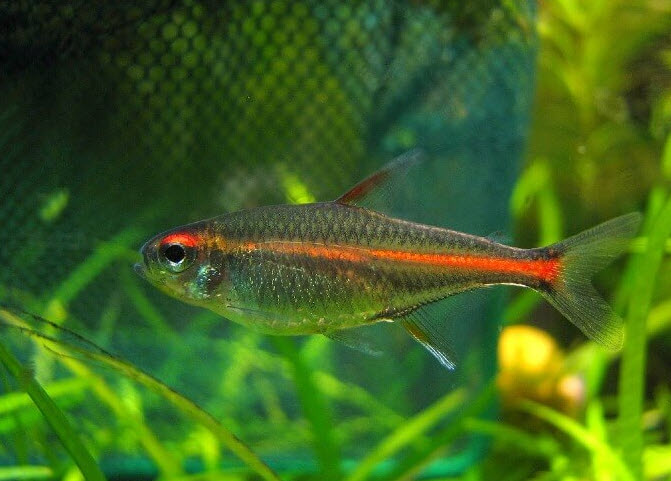
For more on fish food you can click on this link:
For more information on how to take care of a freshwater aquarium, click on the chapters below or on the right side in maroon. These articles don’t link to sites that make money, so their suggestions aren’t skewed by them like all the sites that make money that you can find with Google. Bookmark and browse!.
What Fish Feel When They Are Killed for Food | NowThis
Can too much food kill fish?
Yes. Too much food can kill your fish. The leftovers can clog filters and decay into fish-toxic contaminants. Fish, on the other hand, will overeat, causing stomach issues and even death. Even if they survive the stomach difficulties, water pollution will cause bacterial infections like fin rot and parasitic infections like flatworms.
Is it safe to eat the tail of a fish?
Is it safe to eat the tail of a fish. The tails and fins from large fish can be smoked and boiled to help draw out meat and juices, but small fins can be fried or baked as a crispy snack, much the same way as skins.
How do you kill a fish?
Humane killing requires that the fish is stunned (rendered instantaneously insensible) before being bled out. Fish should remain in water until immediately prior to stunning. There are two methods that can be used to stun fish caught by hand: percussive stunning and spiking (also known as pithing or iki-jime).
Can you eat fish killed by alcohol?
Do not eat fish killed this way. Do not use alcohol. Many people will tell you alcohol is a pain free way to euthanize your fish. This is incorrect. It causes burning in the gills and is very painful for the fish to endure. Using alcohol to euthanize the fish has been described as dipping a person in gasoline to euthanize them.
